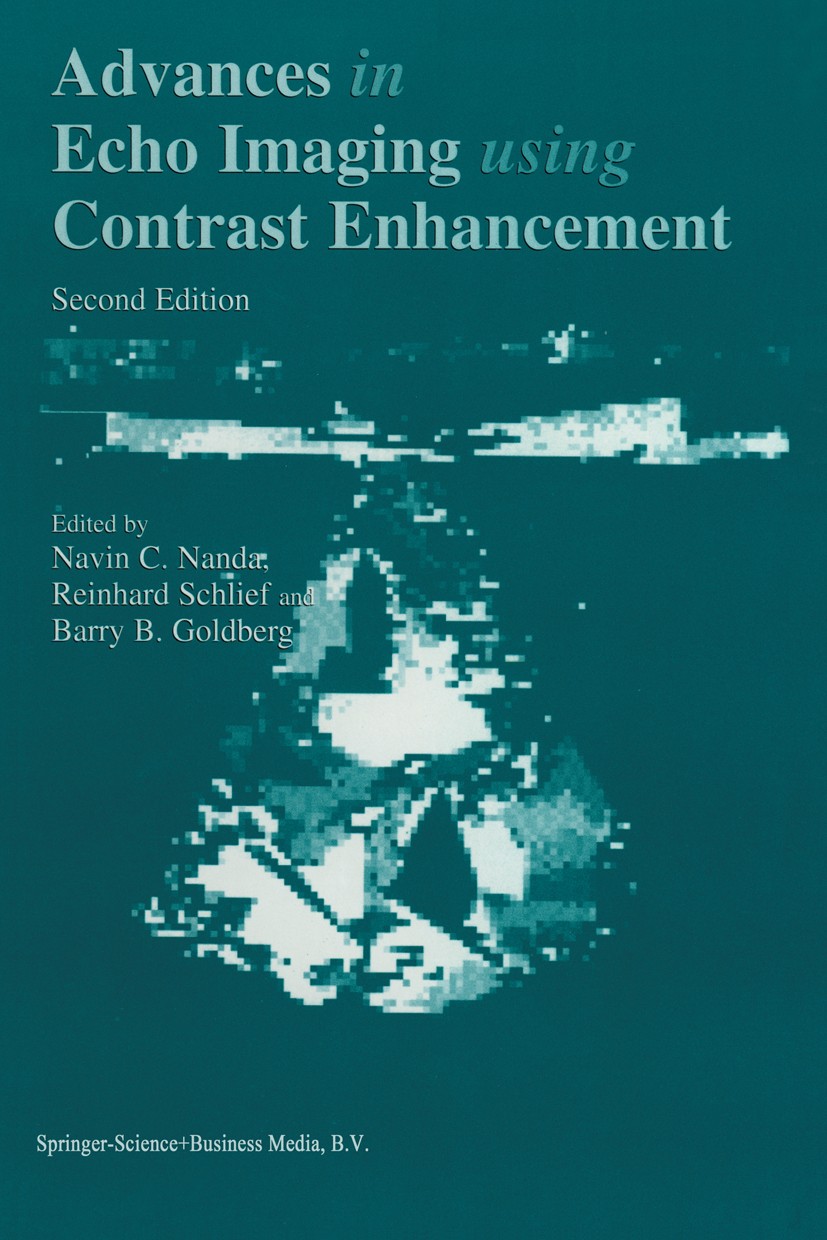| 期刊全称 | Advances in Echo Imaging Using Contrast Enhancement | | 影响因子2023 | Navin C. Nanda (Professor of Medicine and Director | | 视频video | http://file.papertrans.cn/148/147891/147891.mp4 | | 图书封面 |  | | 影响因子 | The first edition of this definitive text ran to 24 chapters.The second edition, reflecting the explosive growth of interest inecho-enhancement, contains 44. The first section deals with some ofthe most important emerging issues and technologies and coversharmonic imaging, the use of echo-enhancers to provide quantitativeinformation, and the application of enhanced power Doppler to tissueimaging. The second, on contrast echocardiography, explores the use ofecho-enhancement during transesophageal imaging. One chapter describesthe use of contrast-enhancement transesophageal imaging to determinecoronary flow reserve and another gives a detailed account of theapplication of the technique to the evaluation of left ventricularfunction. Other authors describe the intraoperative use of contrastechocardiography and discuss the potential of myocardial contrastechocardiography to replace thallium scintigraphy. Another chaptercovers the emerging technique of transient response imaging and itsrole in the assessment of myocardial perfusion, and two chapters aredevoted to three-dimensional contrast echocardiographic assessment ofmyocardial perfusion. Use of echo-enhancement in the evaluation ofpe | | Pindex | Book 1997Latest edition |
The information of publication is updating

|
|
 |Archiver|手机版|小黑屋|
派博传思国际
( 京公网安备110108008328)
GMT+8, 2025-11-15 23:18
|Archiver|手机版|小黑屋|
派博传思国际
( 京公网安备110108008328)
GMT+8, 2025-11-15 23:18


